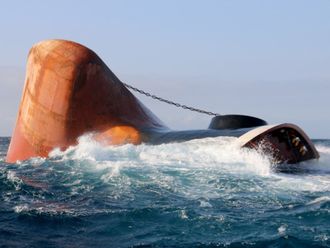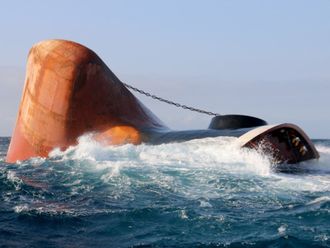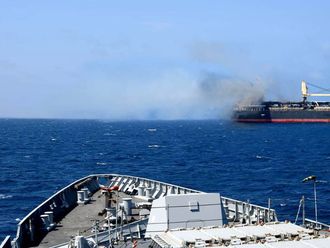
Rome: The United Nations issued a blunt ultimatum on Friday — if donors fail to pour more money into Africa and Yemen then aid workers might have to choose which of the starving millions live or die.
“We are going to have to make life challenging decisions as to who will receive food and who will not,” said David Beasley, head of the World Food Programme (WFP).
“This is not a decision that we look forward to making, but that is the reality, the graveness of the situation,” Beasley told a conference at the UN Food and Agriculture Organisation.
More than 30 million people need food assistance in Yemen, South Sudan, Nigeria and Somalia due to conflict and drought.
Speaking by video link from Geneva, Beasley said UN agencies currently only had enough money to help 8.4 million of them.
Wars in Yemen, northeastern Nigeria and South Sudan have devastated households and driven up prices, while a drought in east Africa has ruined the agricultural economy.
Famine was declared in some areas of South Sudan in February — the first official famine in six years. Twenty million people are on the brink of starvation across the four countries.
“If we don’t act urgently in the next weeks we will have the same famine probably in Somalia and other regions,” FAO director-general Jose Graziano da Silva told the conference.
Noting that a child dies every six to ten minutes in Yemen alone, Beasley said: “This are not just statistics.
These are our brothers, our sisters, our families and friends who are going to be dying if we can’t help them.” WFP has so far received only about 20 per cent of the $2.8 billion it needs to address the four crises in 2017, he said.
Earlier this week, the United Nations announced pledges of $1.1 billion towards its humanitarian appeal for Yemen this year. But the WFP alone needed $1.2 billion, he said, with multiple agencies involved in the rescue effort.
“Between FAO, the WFP and other humanitarian agencies we have the strength, the structure the logistical capacity, the technology to get the job done. What we need are resources or an end to the conflict,” he said.












